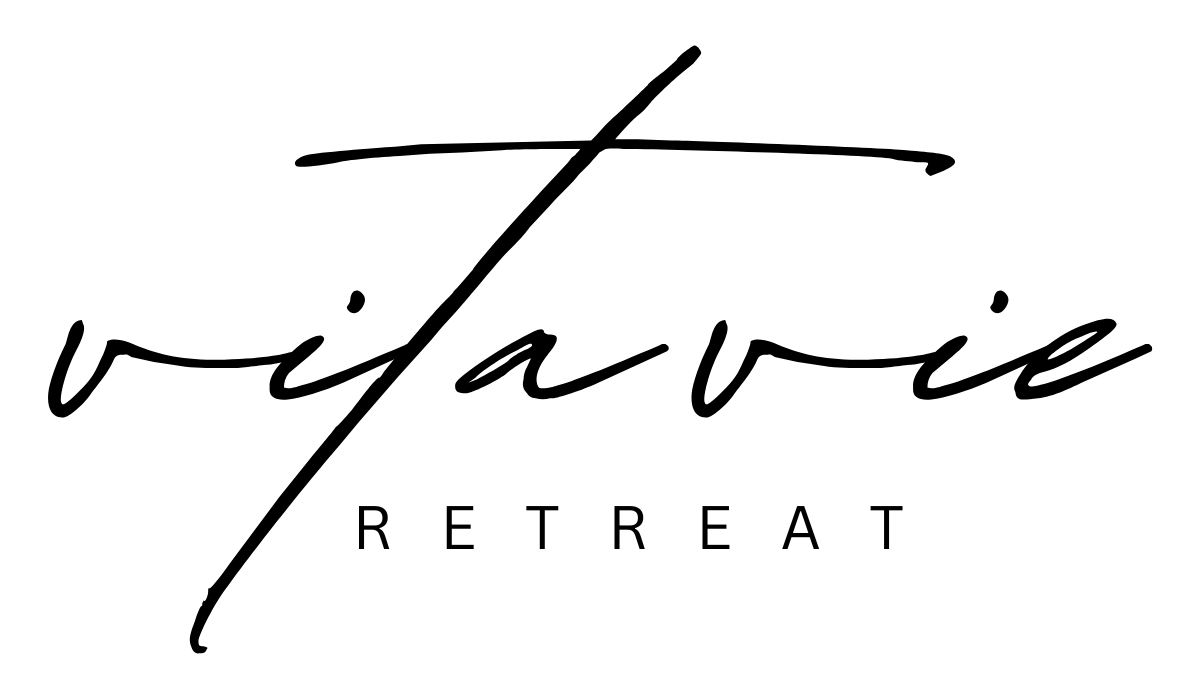Create a Customized Wellness Plan: A Holistic Approach to Diet and Wellness
/By Margot Rutigliano, CPT, Certified Health Coach
Wellness is so unique to each individual person. It’s not a one size does not fit all world. When it comes to diet and lifestyle choices, customization is key to in order to not only find the place where you’re feeling and functioning your best but also in achieving sustainable results. Let’s dive into how customization can turn your whole health journey into something much more
CUSTOMIZATION IS KEY: THERE IS NOT ONE DIET FOR EVERYONE
I like to use a system called the 4P’s to guide how we customize and how we implement habits.
Physiology: No two bodies are the same, and neither are their nutritional needs. Customizing your diet based on your body's physiology ensures that you're nourishing yourself in a way that supports optimal function and mental well-being.
Example: You may have nutritional allergies that will dictate the choices you make for a nutrition plan. You would need to consider those allergies and foods that trigger them when making a meal plan for the week.
Psychology: We all handle changes differently and we all have various types of eustress and distress that we encounter on a daily, weekly, and monthly basis. That means that how we implement the changes of a new protocol will be uniquely different for each person. It also means that each one of us needs to consider how and what we can actually take on when it comes to the implementation of the new habits and actions of a nutritional/lifesyle plan.
Example: If beginning a new nutrition plan will stress you out or add an additional substantial layer of stress, consider starting small with just one action step.
Practical Circumstances: Your lifestyle plays a crucial role in shaping your dietary choices. Consider your time commitments, career demands, family responsibilities, and personal preferences when crafting a customized plan that fits seamlessly into your life.
Example: If meal prepping is not your favorite thing to do and it doesn’t fit into your schedule, you may need to find meals that are already prepared or find easy to assemble nutritious foods to eat.
Personal Preferences: What you like and dislike is an important consideration. There seems to be a viewpoint that we need to suffer when “dieting” but that simply isn’t the case. Eating healthy doesn’t have to be boring! It just has to work for YOU.
Example: Finding meals that fit your taste profile. Brainstorm healthy recipes to create lighter versions of your favorites as a way to satisfy your tastebuds and your goals.
Viewing Diets as Frameworks
Diets should be viewed as frameworks rather than strict rules. While certain elements of a diet may resonate with you, true success lies in adapting these frameworks to suit your individual needs and circumstances.
Be flexible and adaptable in your approach. Don’t be afraid to experiment, get creative, and make any nutrition program work for you and your lifestyle.
Harnessing Biofeedback
Our bodies are constantly sending us signals, or biofeedback, about how different foods and lifestyle choices impact us. By tuning in and paying attention to markers such as sleep quality, energy levels, mood, cravings, and digestion, we can decipher what works best for our unique physiology.
For instance, noticing a post-meal energy crash may indicate blood sugar regulation issues, while feeling sustained energy and stable mood after a meal signifies a good fit for your body. Utilizing biofeedback empowers us to make informed decisions about our dietary choices and lifestyle habits.
Biofeedback Markers to Consider:
Sleep, hunger, mood, energy, cravings, digestion, mental clarity, recovery from workouts, pain, any symptoms from eating a certain food (stuffy nose, post nasal drip, congestion, redness, swelling and more).
MAKE IT SUSTAINABLE
Consistency is key to long-term success. Incorporating keystone habits such as staying hydrated, moving your body daily, prioritizing nutrient-dense foods, using portion control, prioritizing protein and unprocessed foods, and finding workouts that align with your body's needs sets the foundation for sustainable wellness.
By focusing on these foundational practices and consistently monitoring our progress, we can improve various health markers, enhance sleep quality, boost mental clarity, build strength, and regulate mood.
Create Your Customized diet & lifestyle Plan
This is about creating a lifestyle for good - not just for right now. Here are a few tips:
Set Clear Goals: Define what you want to achieve and establish specific, measurable objectives.
Choose a Measurement Method: Select a method for tracking your energy intake, whether it's portion control, the eyeball method, calorie counting, or calculating your basal metabolic rate (we suggest the Harris Benedict Model).
Implement Your System: Put your chosen system into action, incorporating it into your daily routine.
Track Biofeedback: Identify which biofeedback markers you want to monitor, such as hunger and fullness cues, and track them consistently.
Track Your Progress: Utilize journaling or apps to track your progress and assess what's working and what isn't on a daily and weekly basis.
Adapt and Adjust: Use your weekly assessments to adapt your plan as needed, making tweaks to optimize your results and ensure long-term success.






















